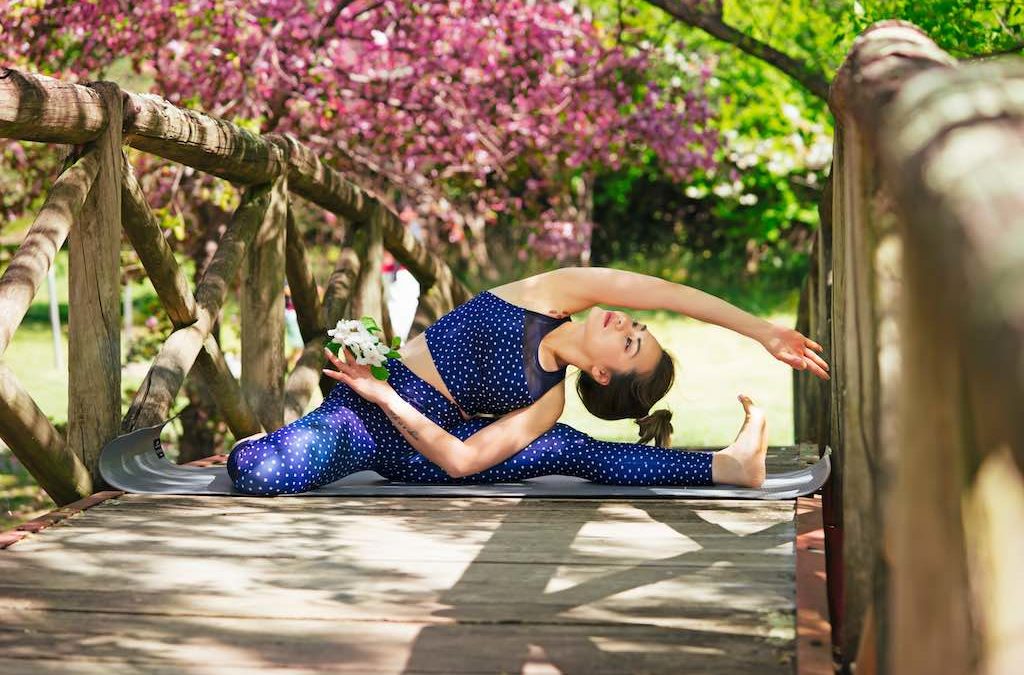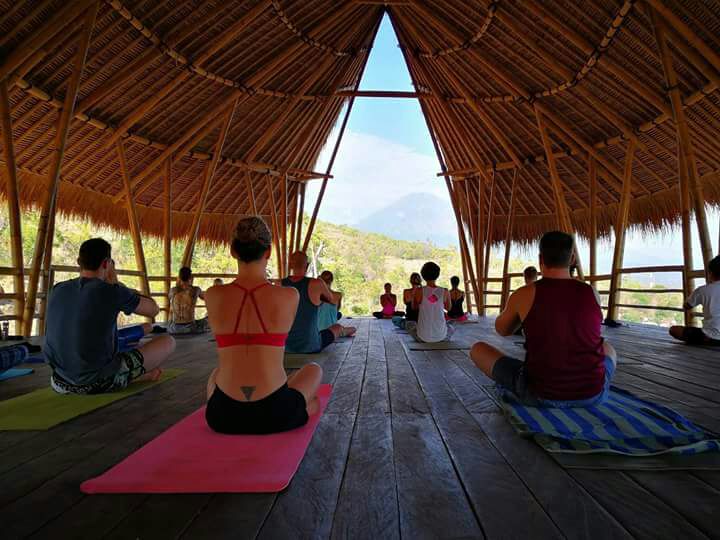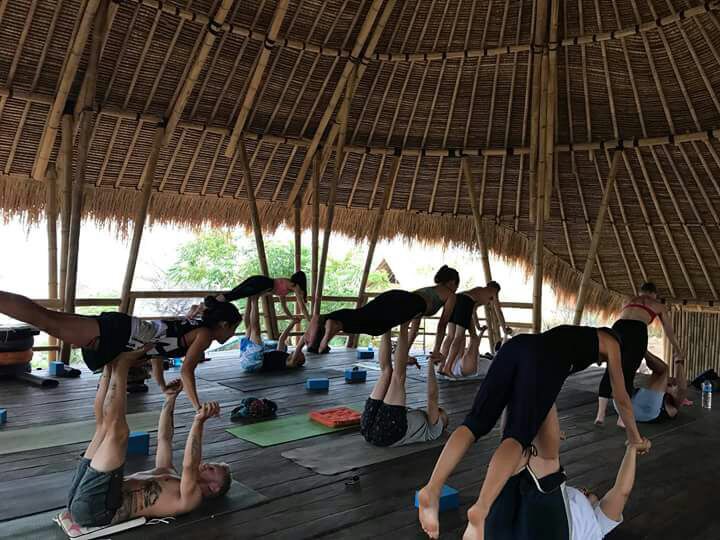
Sep 28, 2021 | Freediving, Meditation
The term “Relax “gets banded around a lot especially in freediving circles, “just relax, take a deep breath” or “you just need to be more relaxed” now this is valid and all well and good unless you are like my type A personality New Yorker friend who internally screams “I’m trying to f**king relax”. This was interesting to me as she has a lot of physical yoga training yet this didn’t necessarily translate into knowing how to relax.
During our instructor course we highlight to candidates the importance of not just telling people to relax but rather giving them the tools to do so, thankfully there are a lot at our disposal and I want to focus on just one of them The Body Scan.
Chances are if you’re reading this you are either doing so on your phone or else laptop. It’s also likely that it’s during down time for you, when theoretically you should be relaxing but are you?
I’d like you to try a little exercise. Stay in the exact position you’re in now, no need to move a muscle.
Scan your body head to toe, is your face soft, jaw relaxed how are you holding your shoulders, how about your posture and your breathing? Chances are that you’re noticing a lot of tension in the body that you would have continued to be unaware of had you not taken time to pay attention.
Now adjust your body position take a couple of deep breaths and have a little shake out to loosen things up. Again scan your body, but this time see if you can let go and soften any areas of tension you come across, release muscles that are activated that don’t need to be. See if you can reach subtler levels of awareness real sensations everything from the sun or wind on your face, the touch of material on your skin , or your breath as it comes in and out of your nose. Whatever you feel in the moment, acknowledge it then move on to another part of the body. Repeat this head to toe several times.
This doesn’t have to just be a one off exercise, better to check in with yourself throughout the day, at home, work, in the car or simply whenever the thought to do so comes to mind or you need to recentre yourself.
I use the “body scan” during my freefall, the part of the dive where a freediver stops kicking, allows gravity to take over and effortlessly sleeps their way down to the bottom. I’ll often notice my shoulders are tense, my quads, stomach and I constantly move through my body letting go. This also has the added benefit of keeping my mind routed in the present and helps to dispel any negative thoughts that might creep in.
Releasing tension from the body can also help relax the mind; this is what yogis discovered centuries ago and is why we reach such deep levels of relaxation in Shavasana, the post yoga meditation. What a lot of people don’t realise though that this actually works the other way too.
A couple of years ago I was at a 3 day Vipssana retreat, usually the courses are 10 days, however, this was just a refresher for old students to help maintain practice.
Anyhow my point is I have always had chronically tight hamstrings, mainly due to years of neglect but I can also remember even as a young child struggling to touch my toes. Now prior to the retreat I was doing a lot of yoga, which was helping to gain some range of movement but what I didn’t expect was what happened after the retreat.
When I went back to my morning yoga routine I realised that I’d gained a lot of flexibility despite having suspended all yoga and stretching during the retreat. What I had been doing though was meditating for 10 hrs a day, calming my mind, scanning my body and I believe this released tension that I was holding. I would normally have brushed this off as a case of having been sitting cross legged for 3 days and maybe it helped open my hips, however, I have done 3 day and several 10 day retreats before and never experienced this from sitting alone.
What we do with the body affects the mind and calming the mind can also affect the body in a continuous feedback loop. Tapping into this awareness can give us powerful tools to help us in life. More than ever it’s important that we work with these simple techniques to counter the fast paced crazy world we’re living in.
If you’re a freediver then congratulations you’re already ahead of the curve and next time your instructor tells you to relax you’ll hopefully have a better idea of what they actually mean!
Be kind to yourself
Kwab

Sep 13, 2018 | Meditation, Yoga
Creating a Perfect Space for Yoga, Meditation and Mindfulness
Finding the right space to practice yoga can be difficult for some. But yoga is an easy way to relax and stretch your muscles, and likewise, the places you can practice it in are varied and adaptable. Here are some of our tips for what to look for in a space for your yoga routine. You should consider a place with lots of life or sunlight, choose a space you are familiar with or comfortable in and don’t worry about needing a wide or fancy place to practice.
You Don’t Need Office Space
Yoga is as much an experience as it is the workout you perform. To that end, finding a wide space isn’t as important as people think. As long as you have a space where you can spread your arms as far as they’ll go, with a space or two in all directions, you have plenty of room. Yoga shouldn’t force you to leave your home or find a gym like other practices, but you may need enough room to spread a mat and stretch yourself out fully once you get started.
Make It A Familiar Location
A lot of yoga is about relaxation and mental preparation. That’s why the best places for practicing yoga are ones you are familiar with. Choose a place that’s part of your daily life, or where you often go to when you’re relaxing. We recommend finding a relatively quiet room away from televisions or noisy areas, but some people enjoy just the opposite! Just make sure the place you choose isn’t a thoroughfare, because you don’t want people tripping over your yoga routine.
Make It Bright And Healthy
And when you’ve got a space picked out, brighten it up. An outdoor space is often the best place to practice yoga because you can enjoy it amid the sunlight and feel of nature. But wherever you choose, you should consider adding a bit of unique decoration, like a basket of flowers or a natural element such as a water installation, to tie you to the space. Practicing in an outside space in this manner can help tie you, nature, and the world as a whole together in your mind.
In The End
Yoga is well known for its ease of access, but many people worry about finding adequate space to practice. A safe yoga space doesn’t need to be large, just as long as you can lay down and stretch. We suggest you find a place outside in the sun or near a garden or natural growth. The most important part is just finding a place that calms you or that you have an emotional connection with so that you’ll be compelled to come back more often to enjoy yourself.
Post written by Cassie Steele
For more information on freediving courses or yoga please get in touch.

Jul 13, 2018 | Meditation, Yoga
Mindfulness Meditation And The Great Outdoors: A Winning Combination For Mental Health
If you have already booked your freediving or yoga course in Bali, chances are, you are well aware of the immense benefits the Great Outdoors can bring. One well-known study by the Loyola University Health System found that nature has a powerful effect on our physical and mental health. “When we walk in a forest or park, our levels of white blood cells increase and it also lowers our pulse rate, blood pressure and level of the stress hormone cortisol,” noted Dr. Aaron Michelfelder, researcher. However, when we include mindfulness-based practices such as yoga and meditation into the experience, the results are all the more beneficial.
Mindfulness meditation vs anxiety and depression
Depression and anxiety are the two most common mental conditions faced by human beings on a global scale. A study published inJAMA Internal Medicine found that mindfulness meditation improves symptoms of anxiety, depression, and pain. It also reduces levels of cortisol (a stress hormone) and boosts quality of life. The scientists concluded that doctors “should be prepared to talk with their patients about the role that a meditation program can have in addressing psychological stress.” Mindfulness meditation, like other spiritual practices, boosts mental health by keeping the mind in the present moment. During a session, practitioners are encouraged to recognise and feel all emotions, even the difficult ones, yet understand that these emotions are impermanent and do not define who they are.
Mindfulness meditation and brain function
A study by scientists at Massachusetts University showed that taking part in an eight-week mindfulness meditation program fostered measurable changes in the parts of the brain associated with memory, sense of self, empathy, and stress. The study showed that among meditators, grey matter density was increased in the hippocampus, which is vital for learning and memory, as well as in structures that play a role in self-awareness, compassion, and introspection.
Meanwhile, those who meditated had decreased grey matter in the amygdala, which is involved in anxiety and stress. The scientists said that their results demonstrate “that the first-person experience of stress can not only be reduced with an eight-week mindfulness training program but that this experiential change corresponds with structural changes in the amygdala, a finding that opens doors to many possibilities for further research on (meditation’s) potential to protect against stress-related disorders, such as post-traumatic stress disorder.”
The vital role that nature plays
There is a reason why the world’s most highly solicited yoga and meditation retreats take place by majestic natural settings such as mountains, lakes, forests, or seas. Nature boosts the effects of meditation because simply visiting a green area or seaside setting lowers levels of stress hormone, cortisol. Various studies have been carried out on this subject, with amazing results. For instance, one study found that people who exercised by looking at natural scenery enjoyed their workout much more. Another found that when offices were filled with plants, employees improved their performance. Still, other studies have focused on the role that time in nature can help children with ADD/ADHD.
Mindfulness meditation and other types of meditation, including transcendental meditation, wields countless benefits, including greater vitality, better mood, a heightened sense of empathy, and more. However, nature experiences have similar effects. Imagine the combined power of joining these two activities. Most interestingly of all, the benefits you will receive will last for years after intensive meditation training. Of course, because meditation is so beneficial, it is a practice we should keep up for our lifetime.
Post written by Cassie Steele
Dec 12, 2017 | Bali, Freediving, Yoga
 More cool stuff happening…
More cool stuff happening…
Wise-man of free-diving, ocean yogi and multiple national and world record-holder Davide Carrera is in Amed.
Breaking records for over 20 years, this gifted freediver has a wealth of knowledge which he is happy to share. All are welcome, free of charge, in Blue Earth village 6pm thursday 14th.
You dont have to be a freediver or a yogi, just curious.. Come and meet a water jedi…
Check out his profile here.http://www.davidecarrera.com/
The last week has been full of cool stuff, yoga, meditation and mind/body workshops, pub quizes, SUP and freediving adventures… And all free. (with any donations going to the evacuees)
We want to give a big thanks to all of those have been sharing their skills, time and energy.
You know who you are👍

Dec 7, 2017 | Freediving, Yoga
Again today the Volcano is silent, and no steam or ash is spewing.
The sun is shining and the water is flat, but there are almost no tourists. Just some intrepid travelllers and volunteers helping out with camps.
There are many opinions online regarding the safety of tourists coming to Amed, some working from tabloid sources, such as the express.uk. (blatant fear-mongering)
According to the Volcanologist Devy Kamil Syahbana from Indonesia’s volcanology center, volcanologists are working on a model that predicts a potential eruption VEI 3 compared to one of 5 in 63. (VEI= Volcanic explosivity index)Doctor Syahbana is at the Rendang post working on this every day. There are other possible projection models but so far none of them in Bali are predicting a larger eruption than 63.
To clarify, Amed was considered safe in 63, according to people who lived through it and are quite calm at the moment. ’63 was a VEI 5 eruption and the present potential is projected on the ground as being VEI 3.
No-one is pretending that a large eruption will be pretty, including outside of the redzone. There might be significant ashfall and definitely more evacuees, at least. That said we have made a decision to stay open based on various factors-
- Talking to people who lived through the 1963 eruption, they had minimal ash in Amed area.
- Looking at the topography of the land between the Amed coast and mount Agung, protecting us from lava and pyroclastic flows.
- Taking into account prevailing winds in this area, winds coming due east from Agung are very rare.
- Listening to the voices of the experts, none of whom are predicting and eruption as big as 63.
That said, if the eruption happens there is a small chance the road around Tulamben and Amlapura will be blocked, in this situation the only course of action is to wait till they are cleared or for evacuation by sea. For this reason we don’t recommend package tourists or people on a very tight schedule in and out of Bali.
We invite independent travellers to visit this beautiful area at this historic moment, when the Holy mountain is waking up. We are still freediving and are now offering free yoga and mind/body workshops.




 More cool stuff happening…
More cool stuff happening…






